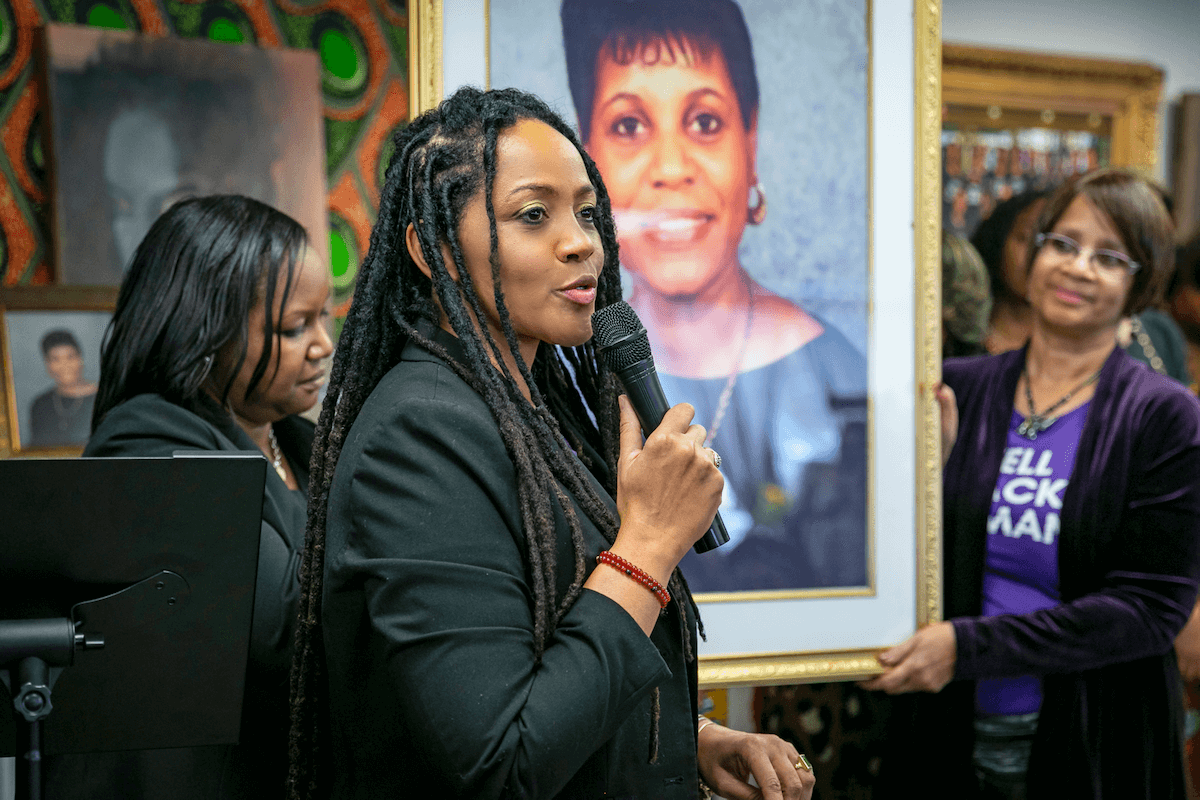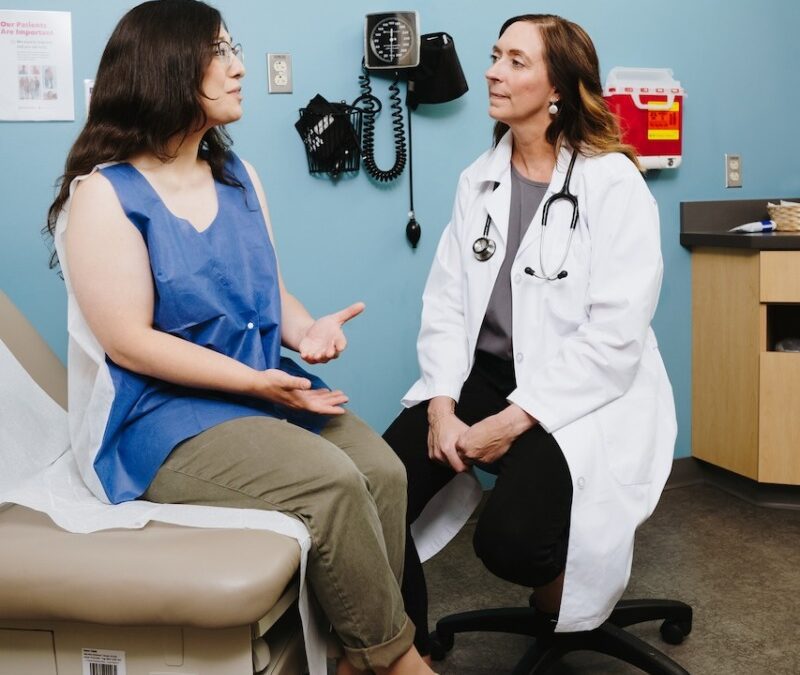
#image_title
Disparities for rural residents and people of color aren’t easy to fix, but doctors say they’re working to address them.
Just about any way you measure it, Black children in Wisconsin face significant struggles in life that lead to disparate outcomes later in life.
Black babies born in the Badger State are three times less likely to reach their first birthday compared to white babies, and the mortality rate for Black mothers is five times higher than that of white moms.
Panelists discussing racial health inequities at a virtual panel Tuesday hosted by Wisconsin Health News agreed that COVID-19 shined a spotlight on some of these healthcare disparities, but they existed long before the pandemic.
“We are sitting in what I call the hotbed of disparity,” Lisa Peyton-Caire, president of The Foundation for Black Women’s Wellness, said. Wisconsin outranks many states in its level of healthcare coverage and access for Black women, she said, yet the state still has a declining life expectancy.
Oftentimes people attribute healthcare disparities to individual behavior. In reality, Peyton-Caire said, this is not the case.
“It’s really systemic and structural, and the roots are really, plainspokenly, in racism and classism and how that stratifies opportunity and access in our country,” she said.
The US has a long history of medical negligence and impropriety against Black people trying to seek medical care. Programs such as The Tuskegee Experiment, in which over 600 Black men thought they were receiving medical care when in fact they were being experimented upon until they died, establish distrust within the Black community that remains today.
RELATED: Systemic Racism Plagues Health Care in Wisconsin
“This is not that people of color, or ‘people of low-income status,’ do not value their lives or do not value being healthy or well, and that they are making poor decisions,” Assistant Deputy Secretary of the Wisconsin Department of Health Services T.R. Williams said.
Laura Waldvogel, CEO of Family Health La Clinica, serves patients in rural areas, some of them migrant farm workers. Many of those rural residents face issues with transportation and a lack of specialty healthcare options. Migrant farm workers often work long hours, so it’s difficult to find time to go to the clinic, and language barriers are an additional issue.
Theresa Jones, Vice President of Inclusion, Diversity, and Equity at Children’s Hospital of Wisconsin, said the traditional healthcare approach needs to drastically change to better address racial and economic disparities.
Using social media campaigns like the state has to get Wisconsinites vaccinated, or partnering with local businesses as trusted messengers are some of the more nontraditional methods the healthcare system has recently adapted to using.
“These are things that healthcare systems certainly have not thought about in the past,” Jones said.
Other methods that providers are looking into are knocking on doors to educate people, or offering vaccinations for people at their homes. Having physicians at recreational or public events also makes healthcare more accessible for people who have questions or want to receive more information.
Kevin Moore, CEO of UnitedHealthcare Community Plan of Wisconsin, said insurance companies can take a similar approach by collaborating with community organizations such as barber shops or churches to act as trusted messengers.
The panelists agreed that reestablishing trust within communities who have experienced healthcare inequities takes a long time, and the problem will not be solved overnight.
“We have to have a longer horizon than 2022,” Moore said. “We’re looking at decades moving forward to change that trajectory.”
Williams also stressed the importance of “linking policy to address how [people of color] have been intentionally forgotten or intentionally harmed in our system over the history of the United States at its inception.”
Another long-term goal for healthcare is establishing a more diverse workforce, or, as Waldvogel explains it, “making sure that your workforce is representing the patients that you are serving.” This is especially difficult for clinics like Waldvogel’s that are located in rural areas or need translators.
Jones said building a diverse coalition of providers will take a long time and must involve the creation of mentorships, workforce development programs, scholarships, and metrics to measure the impact created.
“It has to start much earlier, and you have to engage the staff that you have,” she said. “In the meantime, when we know we don’t have a workforce that mirrors the population, we have to work on cultural competence with those providers that we do have.”
In addition to examining cultural competence and learning about individual biases, Moore said that UnitedHealthcare is looking into the benefits of cultural concordance, where patients receive care from providers who are culturally aligned with them. He said research being conducted in Minnesota has shown positive outcomes so far from Black physicians taking care of Black newborns.
“We have a reckoning to do in our nation to resolve this if we’re really serious about changing what equity looks like in America,” Peyton-Caire said.

Billionaires get richer while Wisconsinites lose access to health care with ‘Beautiful Bill’
The US Senate will examine the Trump budget bill this week. It includes the largest cut to Medicaid in the program's history. It also blocks...

More ways to get birth control in Wisconsin? Sign us up.
The State Assembly has approved a plan to allow pharmacists to prescribe birth control pills and patches. There could soon be another way for women...

Opinion: Pentagon contractors don’t save lives or money – Medicaid does. Don’t cut it.
Cutting life-saving services to further enrich billionaires and Pentagon contractors is the worst possible option. This op-ed was first published on...

Opinion: Modernizing Medicare’s approach to obesity treatment is cost-effective and improves lives
Dr. Roxane Spitzer calls on Sen. Ron Johnson and his Republican colleagues to back the bipartisan initiative to expand Medicare coverage for...




